BabinoPolje is one of the oldest settlements on the island. The village is situated the foot of hills of the Great and the Small City and consists of three hamlets: Zadublje, Srčenovići and the Zabriježe. It is about 4 kilometers long. Below the village is a vast and the fertile field, after which the village was named.
Nearby here is famous Ulysses cave, and Sutmiholjska bay with a beach.
It s central and the yet most insular place where, during the Republic of Dubrovnik lived duke.
During the XI. century, the inhabitants built the first church that was dedicated to St. Pankrácius, the first patron of the island. The church is came into possession of the Benedictine from Lokrum 1039. The village was established by Roman Catholic parishes, but during the XI. century. Babino Polje has become the administrative and the ecclesiastical center of the whole island. The village churches: St. Andrew, St.. Michael, St.John, St. Salvation, St. Đurda, St. Blaise, Our Lady of Mercy (Our Lady of the hill), St. Paul, St. Joseph and several chapels. In ancient times the village was a Benedictine monastery.St. Blaise church was built starting XV. century, the Rector Palace (Palace) in mid-sixteenth century.
Sotnica, judicial - administrative and commercial Building - Babino Polje.
Benedictines of St.. Mary from the lakes at this building have performed the judicial power until the end of the XV. century, when from Dubrovnik to Mljet came firstduke.
Benedictines in it have prepared revenues that were given to the monastery of countries, especially from vineyards Babino Polje and the surrounding fields and Mljet office books were kept in.
Building Sotnica was first mentioned 12. V. 1388. There lived Mljet chancellor who led the notary records, writing down the wills, a variety of contracts, lawsuits and appeals in notary books: Diverse, Vendite, Testamenti, Lamente.
Sotnica word comes from the Roman word soto (down below), because the building is located below the village, near St. St. Pancras and. BlaiseChurch. In the past there was the administrative center of the whole island.
On the building Sotnica on the balcony is a tombstone on which was written the longest previously known medieval inscription on Mljet:
VITALIS QVMVIIS CARMEN
SACERDOS... N
VOCIBVS CV VOBIS EX VIA
ERATIS
MATHEI BANI SIBIQ: PER OMNIA
CARI...
NOS QVOD PRESENS TEGIT
SIMVL QVE CERNIS HEV
VT HABEANT DICITE PARADISI
REQVIEM VITE
Rector'sPalace
The Duke from 1410 to 1493. during his mandate three times was coming in to Mljet, where he stayed for ten days. At the time, with judges from the island and with the abbot of St. Mary shared justice in civil and criminal lawsuits. Before leaving the island his deputy was chosen from among judges from Babino polje who, in his absence with the abbot and the other judges brought verdict in front of the church of St. Pancras or in the Sotnica`s yard.
Only on 14.V. 1493. Grand Chamber shall make a decision that since that day onwards, for every seven months, elects a special duke of Mljet.
The same day, provided that in Babino Polje to build house (Ducal Palace) for the Mljet duke. First elected duke was Junio deTudisio, but he gave up because of illness , and on his place 3.IX. 1493. was elected Elias Petrus de Saraka.
At first Mljet Dukes have not always stayed on the island, because it has not been built Rector's House (Palace).
Additional Information
There are:
- The seat of the Municipality of Mljet
- Registrar's Office
- Post Office
- Medical and dental clinic
- Pharmacy
- Grocery shop
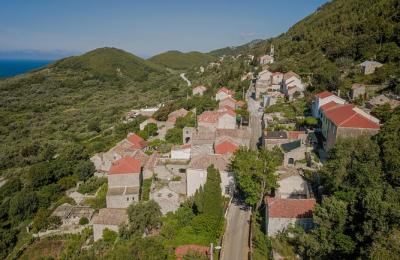
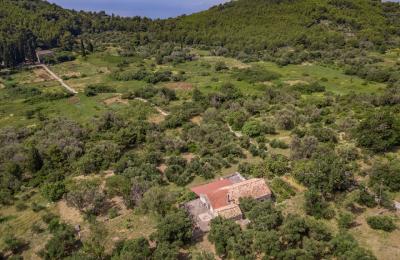
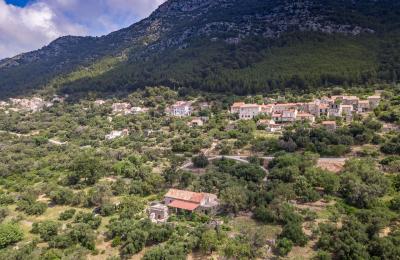
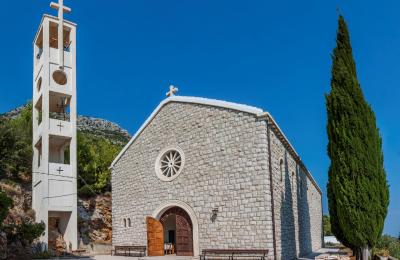
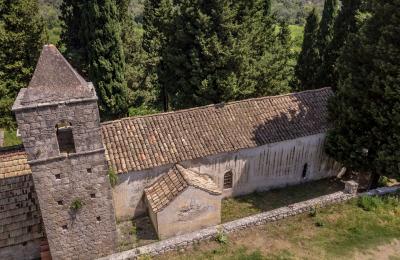
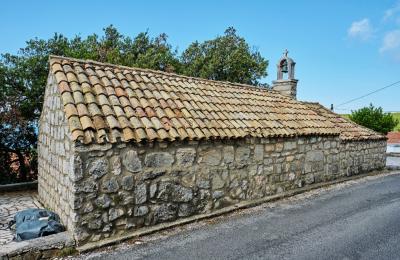
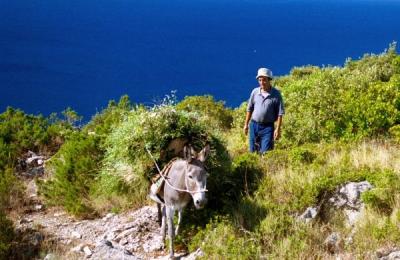
 TURISTIČKA ZAJEDNICA
TURISTIČKA ZAJEDNICA 




 Povećaj font
Povećaj font Smanji font
Smanji font Crno bijelo
Crno bijelo Visoki kontrast
Visoki kontrast Negativni kontrast
Negativni kontrast Svjetla pozadina
Svjetla pozadina Podcrtane poveznice
Podcrtane poveznice